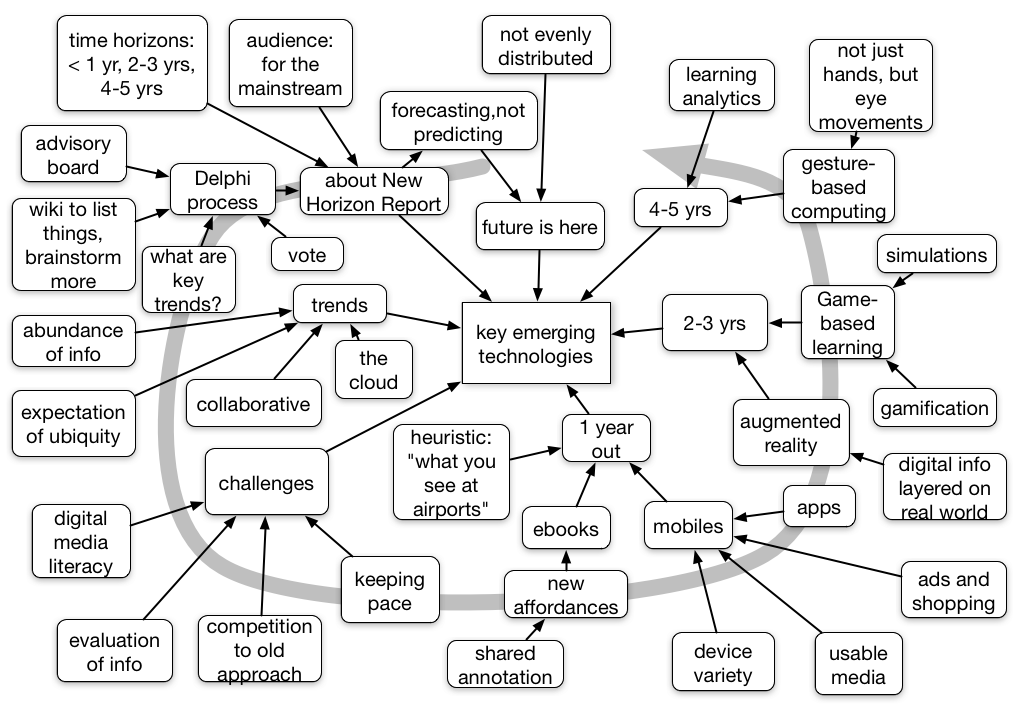Recently, I’ve been hearing quite a bit of concern over the possibility that reliance on digital, and increasingly mobile, technology may make us stupider. And I don’t think this is just easy to dismiss. In a sense, it could be a case of learned helplessness, where folks find themselves helpless because after using the tools, folks might not have the information they need when they don’t have the tools.
Recently announced research shows that folks change what they remember when enabled with search engines: they don’t remember the data, but instead how to find it. Which could be a problem if they needed to know the data and are not digitally enabled in some context.
As has also been conveyed to me as a concern is whether folks might not engage in learning about their environs (e.g. when traveling), and in other ways miss out on opportunities to learn when dependent on digital devices. Certainly, as I’ve mentioned before, I’ve been concerned about how disabled I feel when dissociated from my digital support (my external brain). Yet is there a concern?
My take is that it might be a concern if people are doing it unconsciously. I think you could miss out (as m’lady points out when I am reading instead of staring out the window every moment as we take the train through another country :) on some opportunities to learn.
On the other hand, if you are choosing consciously what you want to remember, and what you want to leave to the device, then I think you’re making a choice about how you allocate your resources (a ‘good thing’). We do this in many ways in our lives already, for instance how much we choose to learn about cooking, and more directly related, how much to learn about how to do formatting in a word processing program.
Yes, I’ve been frustrated without my support when traveling, but that’s chosen (which does not undermine my dismay at the lack of ability to access digital data overseas). I guess I’m arguing for chosen helplessness :). So, what are you choosing to learn and what to devolve to resources?

